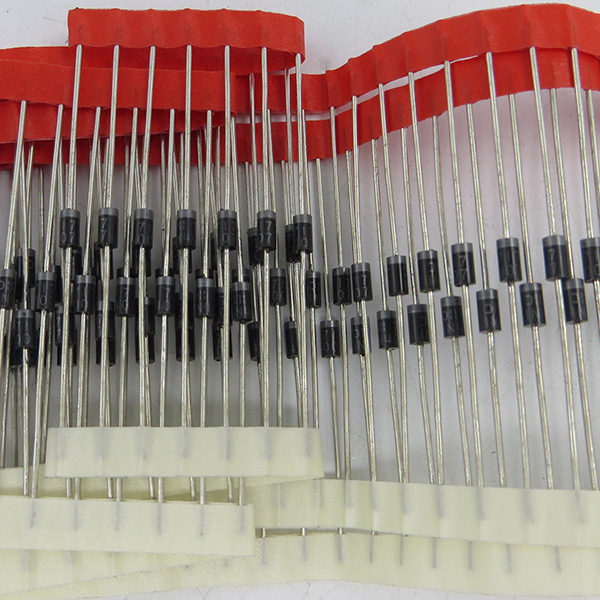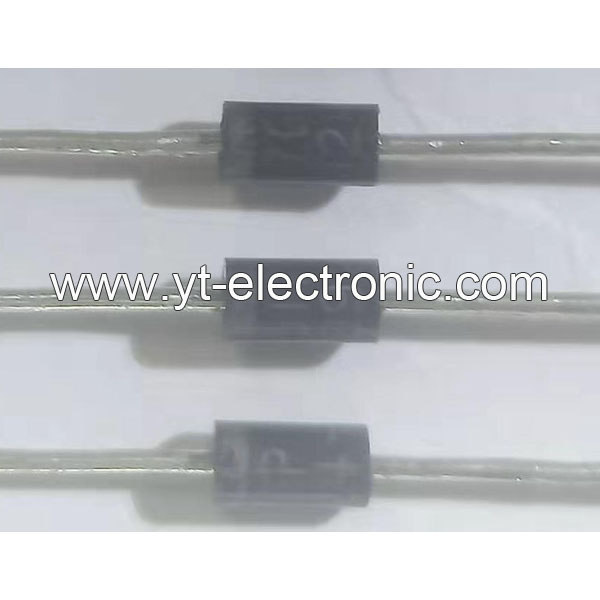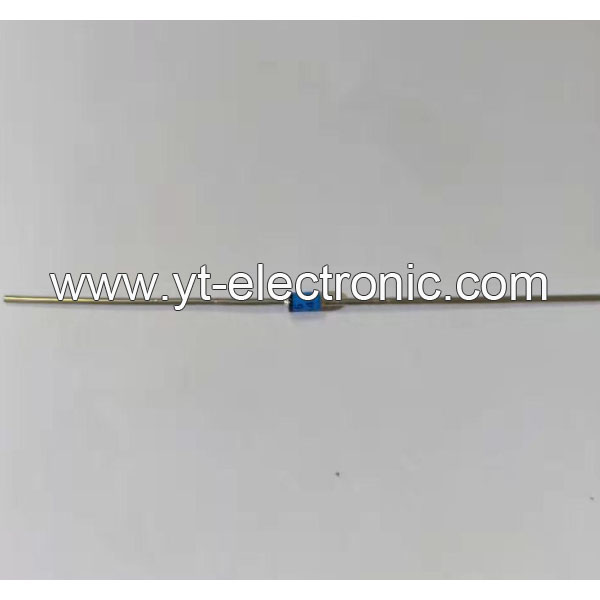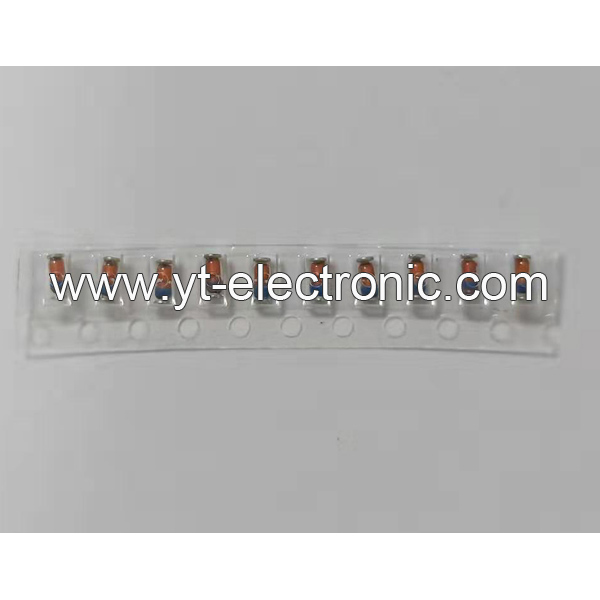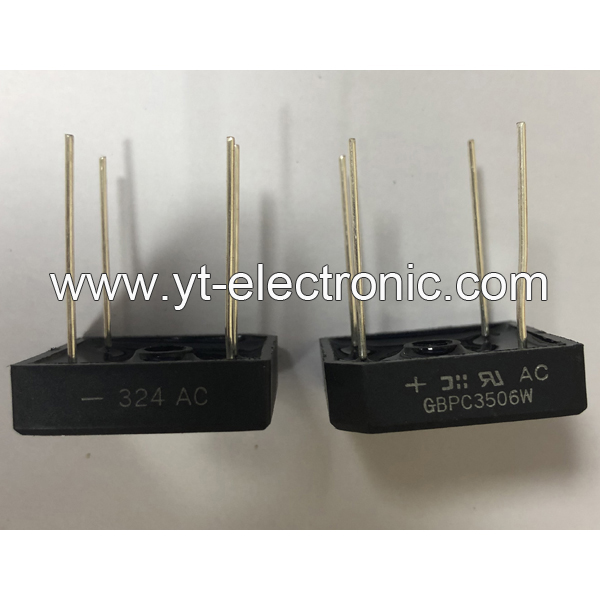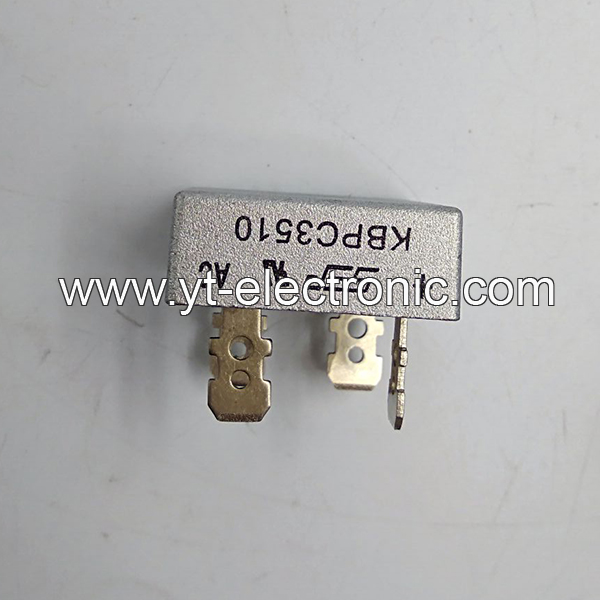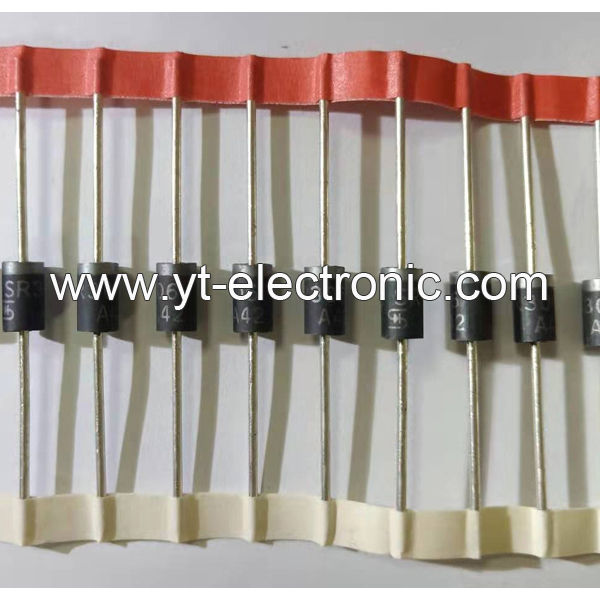Discrete Semiconductor Products
Discrete semiconductor devices refer to a collection of semiconductor components with independent packages and single functions, which complement integrated circuits (ICs).
1. What are the Core Features of Discrete Semiconductor Products?
Independent packaging: Each device is packaged separately and can be directly soldered on a circuit board.
Single function: Focus on achieving specific functions (such as switching, amplification, rectification, etc.).
High flexibility: Supports building customized circuits by combining discrete devices to adapt to designs with special needs.
2. What are the Common Types of Discrete Semiconductor Products?
Diodes: Used for rectification, voltage regulation (such as Zener diodes), light emission (LED), etc.
Transistors:
√ Bipolar transistors (BJT): Current amplification and switch control.
√ Field effect transistors (MOSFET/IGBT): High-frequency switching and power control (such as power supplies, motor drives).
Thyristors: Used for high-power switches (such as dimmers and motor speed control).
Power devices: such as power MOSFET, IGBT, etc., support high power density and efficient energy conversion.
3. Where are Discrete Semiconductor Products Used for?
Automotive electronics: such as high-precision LDO series directly connected to the car battery, integrated output protection function.
Power management: Extend battery life through boost regulators and energy-saving functions (such as nPM2100 PMIC).
Industrial control: Including motor drive, power conversion, high current switching, and other fields.
RF and signal processing: such as variable capacitance diodes (Varactor) for RF tuning circuits.
4. What are the Advantages of Discrete Semiconductor Products?
High power density: Provide higher power output in a miniaturized size that is suitable for compact devices.
Low loss and high efficiency: Reduce energy waste and improve energy utilization efficiency (such as boost regulator applications).
Fast response: Achieve precise control to meet immediate needs (such as switch control in power conversion).
Temperature Management: Optimize heat dissipation performance and improve system stability and reliability.
5. What are Some Examples of Discrete Devices?
MOSFET
Bipolar Transistor
Transistor Array
Transistor with Internal Resistor
NSAD Series
NNCD Series
RD Series
SCR
TRIAC
Trigger Device
6. Discrete Semiconductor Products FAQs
1) How to suppress power supply noise in discrete devices?
In high-speed circuit design, the power supply end of discrete devices needs to adopt a parallel capacitor solution (such as a combination of 0.01μF and a smaller capacitor) to cover the high-frequency band noise suppression requirements; it is also recommended to add a large-capacity capacitor (such as 10μF) at the power supply entrance to improve the overall decoupling effect.
2) What is the output protection mechanism of discrete devices?
Short-circuit protection: Only LVDS output supports short-circuit protection, and it is necessary to ensure that the short-circuit current does not exceed the data sheet limit; LVPECL and CMOS outputs may cause device damage if they are accidentally grounded.
Level limitation: CMOS output is usually limited to 3.3V LVCMOS level, and direct connection to a 5V system is prohibited to avoid over-voltage risk.
3) How can discrete devices be synchronized in a multi-chip system?
Multi-chip synchronization requires strict matching of clock signal paths (such as equal-length wiring) and phase alignment through dedicated synchronization pins. For example, ADI clock chips support multi-device synchronization, but they need to be combined with external VCO/VCXO and loop filters to optimize clock stability.
4) How can discrete devices be more reliable in high-temperature environments?
Material selection: Wide bandgap devices (such as SiC and GaN) can work stably in high-temperature environments above 200℃, which is better than traditional silicon-based devices.
Heat dissipation optimization: It is necessary to use high thermal conductivity packaging (such as copper substrate) or an additional heat sink to reduce junction temperature to extend device life.
5) What are the configuration requirements for discrete devices to drive different loads?
Power supply voltage adaptation: Some devices (such as AD9516) support separate power supply for LVPECL output, and the power supply voltage range needs to be adjusted according to load requirements.
Drive capability matching: It is necessary to ensure that the output current is compatible with the load impedance, and the drive capability is enhanced by a buffer if necessary.
6) How to achieve better interface compatibility between discrete devices and digital systems?
Level conversion: If the output level of the discrete device does not match the digital system (such as CMOS 3.3V→5V), a level conversion chip or voltage divider circuit needs to be added.
Signal Isolation: In noise-sensitive scenarios, it is recommended to use optocouplers or magnetic isolation devices to block ground loop interference.

